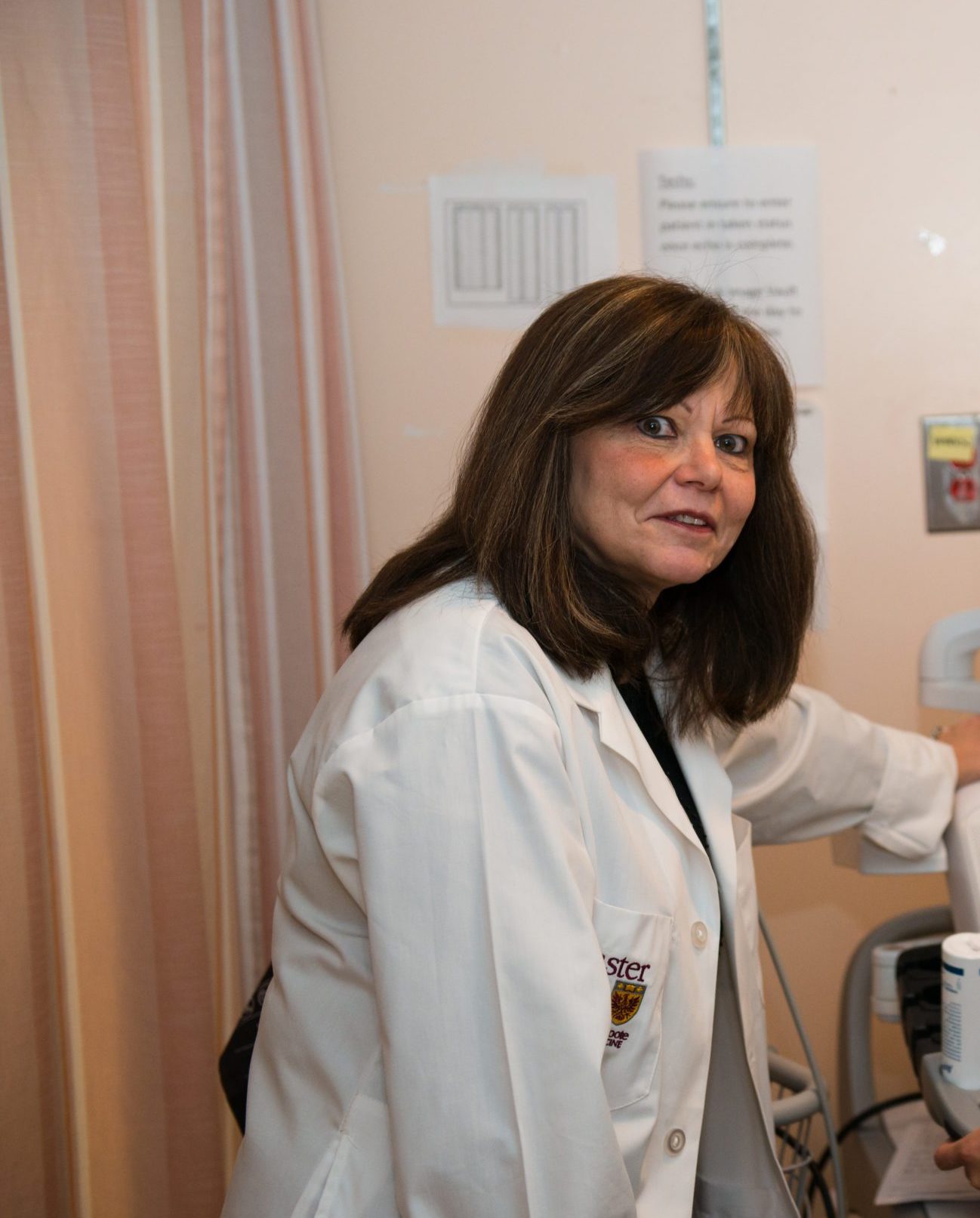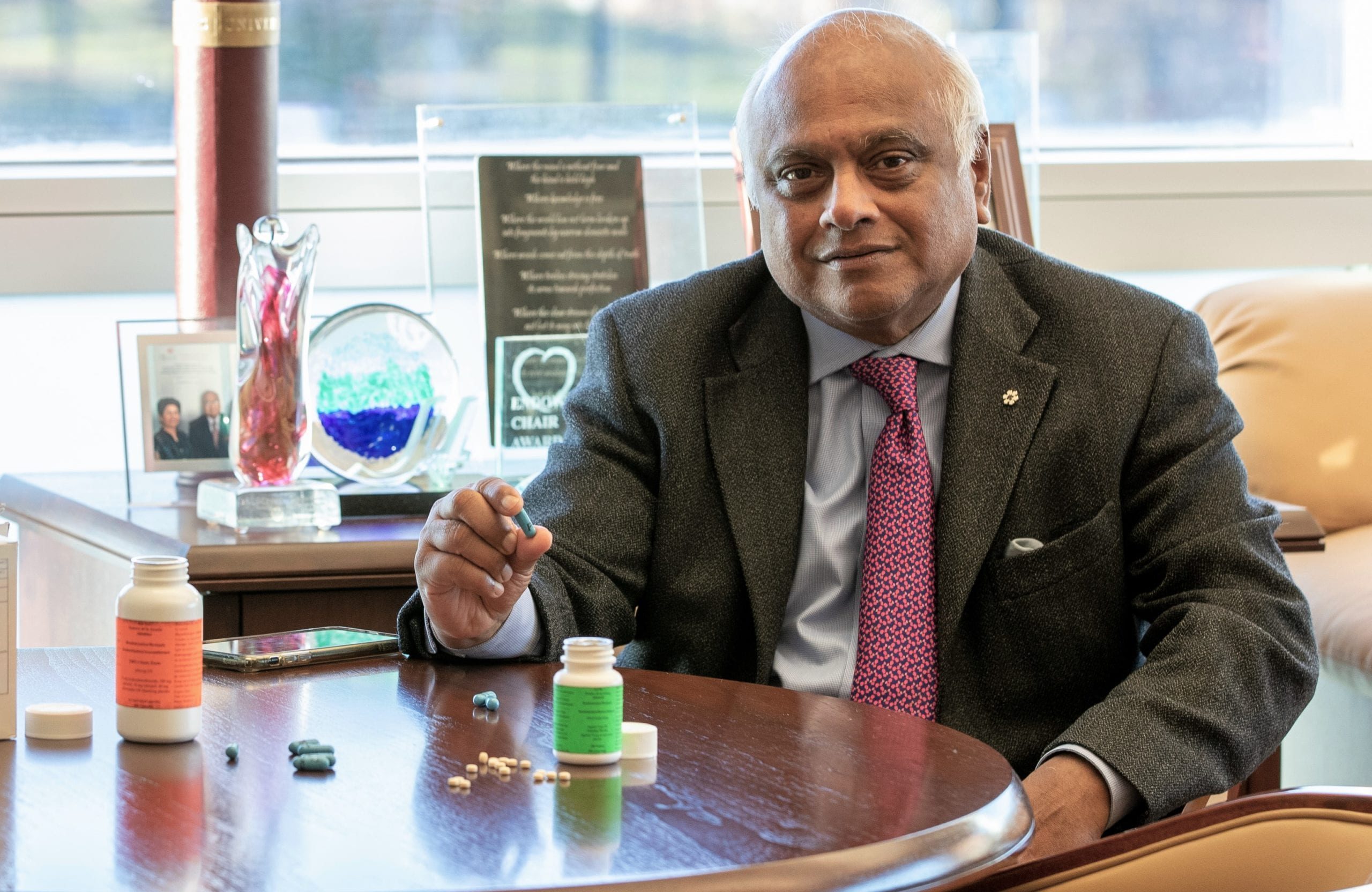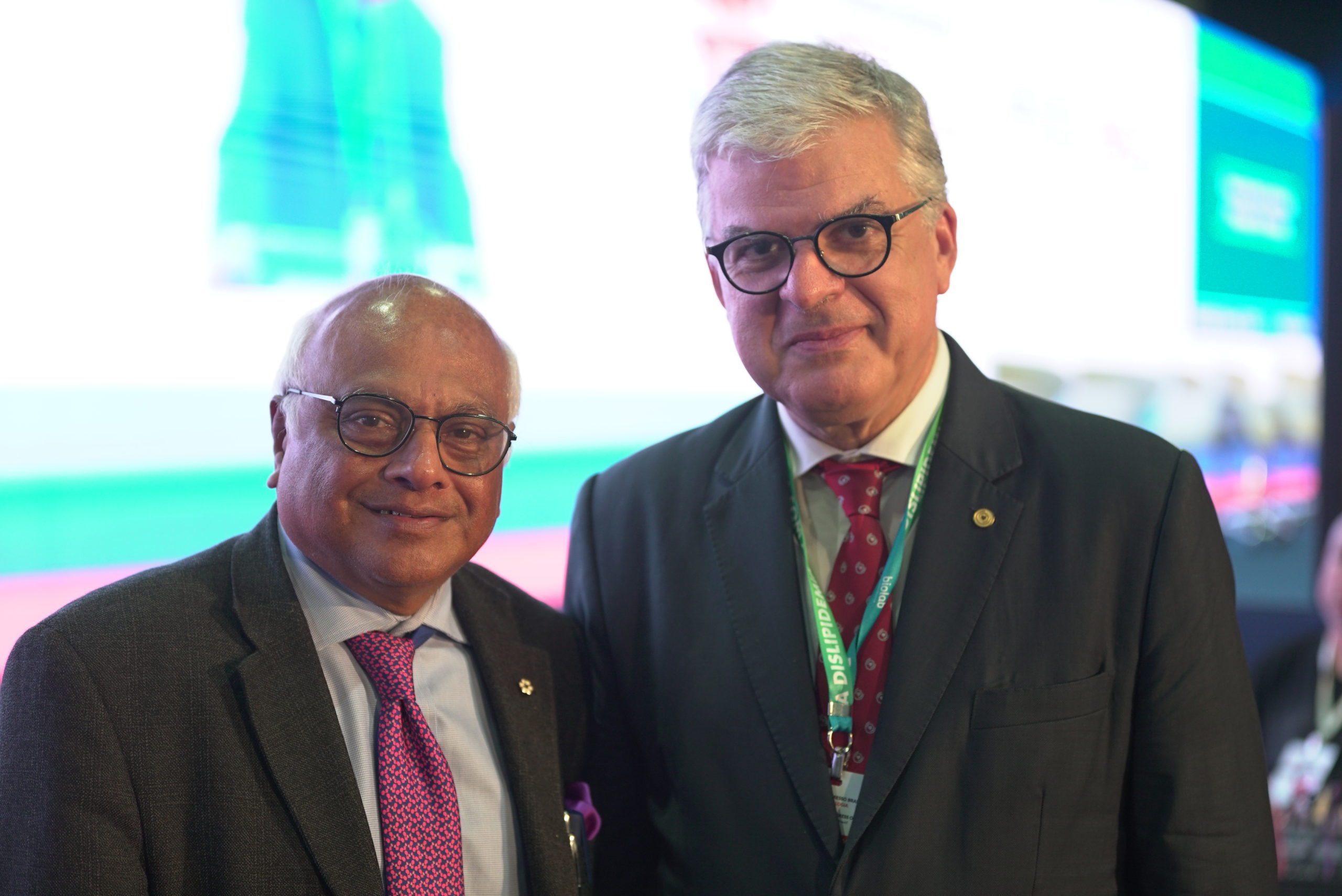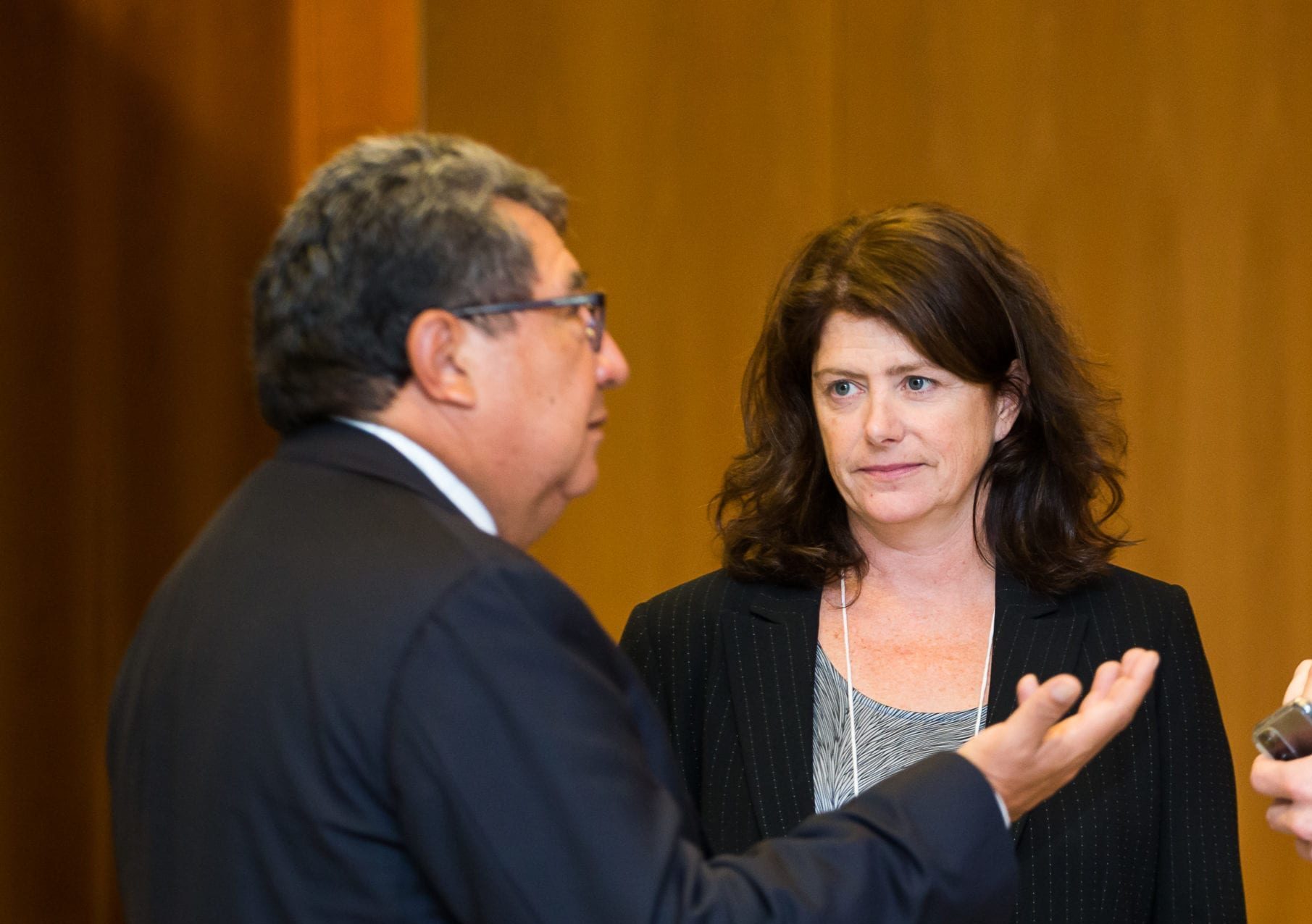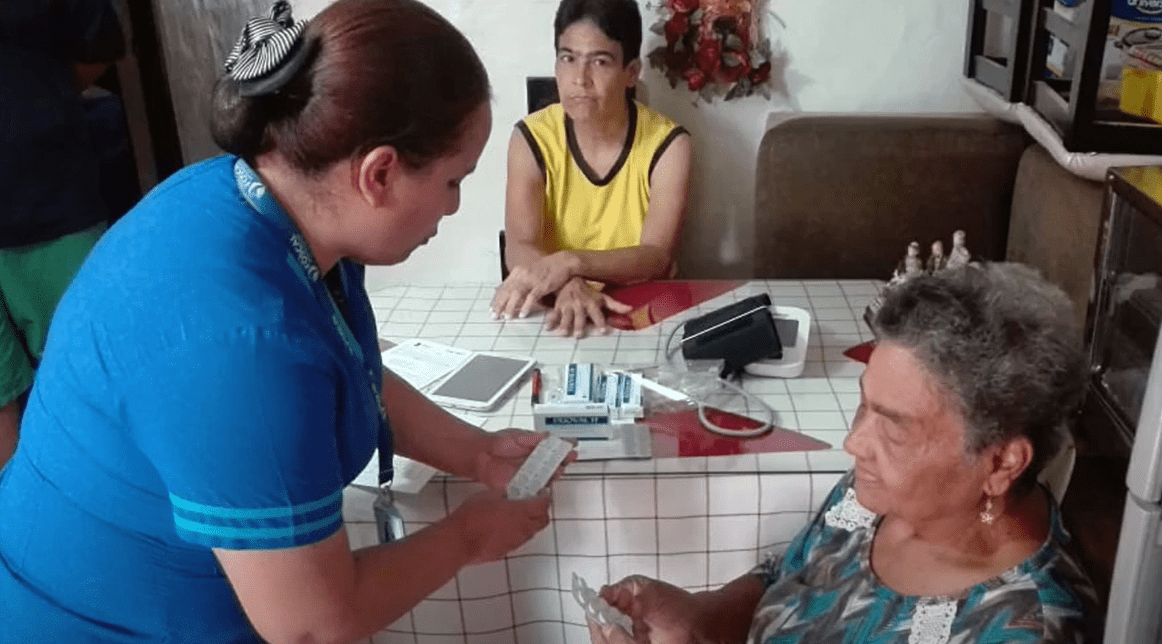The Need
About 54 million people globally suffer from cardiovascular disease (CVD) each year – a third of them fatally.
About 80% of these people live in low-income and middle-income countries (LMIC).
Most heart attacks and strokes afflict people who have no history of CVD. Helping those people avoid CVD is known as ‘primary prevention.’
‘Secondary prevention’ refers to treating patients who’ve had CVD, by managing their high blood pressure, LDL cholesterol and other treatments.
For both primary and secondary prevention of CVD, strategies to date have only been modestly successful in most countries – including in high-income countries.
A different preventive solution is needed to address the growing epidemic of CVD around the world.
The Concept
At the start of the 21st century, scientists around the world began discussing the concept of a combination of blood pressure-lowering agents, a statin for lowering LDL cholesterol, and low-dose aspirin reduce CVD.
This concept of a single pill combining several medications became known as the ‘polypill, also known as fixed-dose combination (FDC) therapy.
Starting in the early 2000s and continuing to today, scientific investigators around the world have looked at various combinations of drug therapy in various populations in different countries to test the concept of FDC/polypill.

